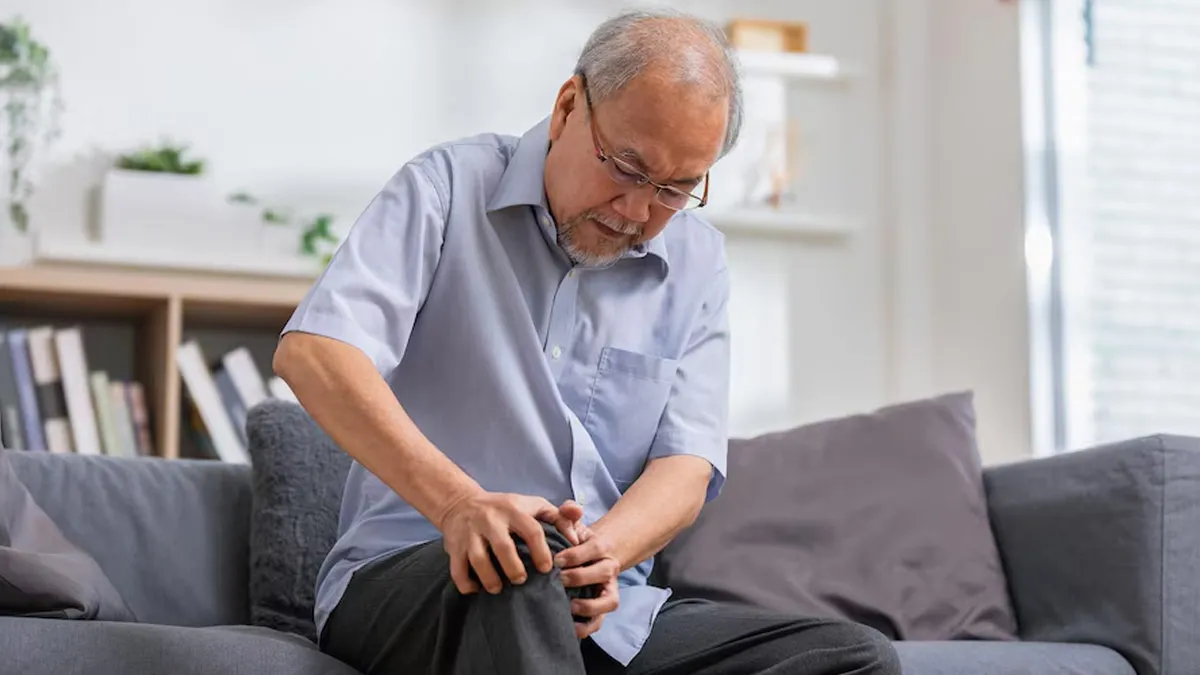
Knee pain can be a frustrating part of life for many, whether due to long hours on your feet, high heels, or an energetic workout routine. Those sudden aches or persistent stiffness in your knees may feel minor, but they could be early signs of something more. Fortunately, understanding common knee issues and knowing what to look for can help you take control of your knee health. We spoke to our expert Dr Venkatesh Movva, Specialist in Regenerative Medicine, RegenOrthoSport, Hyderabad and Dallas, who explained common causes of knee pain, their warning signs, and effective ways to find lasting relief.
Table of Content:-
Common Causes of Knee Pain
1. Osteoarthritis: The 'Wear and Tear' Problem
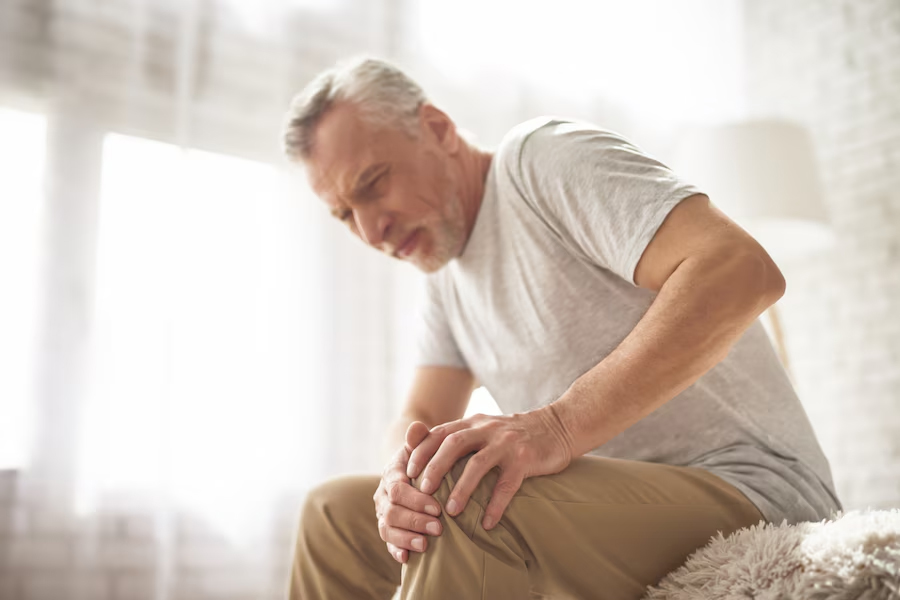
After a long day of climbing stairs, carrying groceries, or standing on your feet, it’s common to feel stiffness and aching in your knees by evening. “Osteoarthritis is often behind that discomfort, especially as we get older. This happens when the cartilage in your knees, essentially your knee’s 'shock absorbers' begins to wear down. However, it’s not just an ageing issue; past injuries or carrying extra weight can increase your risk of arthritis,” said Dr Movva.
According to the BMC Musculoskeletal Disorders, knee pain is a prevalent musculoskeletal condition and a major cause of disability among individuals over 50. In the UK, about one in four people in this age group experience knee pain, often due to underlying osteoarthritis.
2. ACL Strains and Tears: The 'Quick Move' Injury
Have you ever tried a sudden pivot or quick sprint, only to feel a sharp pain in your knee? That could be an ACL issue. The ACL (Anterior Cruciate Ligament) is a crucial stabiliser in the knee. It’s common for athletes or anyone doing high-intensity movement to strain or tear this ligament, especially when turning or stopping suddenly. However, this isn’t limited to sports; even everyday movements can strain the ligament if your knee isn’t adequately prepared.
Also Read: Weight Loss Drugs Could Offer A New Alternative To Knee Replacements, Experts Say
3. Meniscus Tears: The 'Twist and Shout' Problem
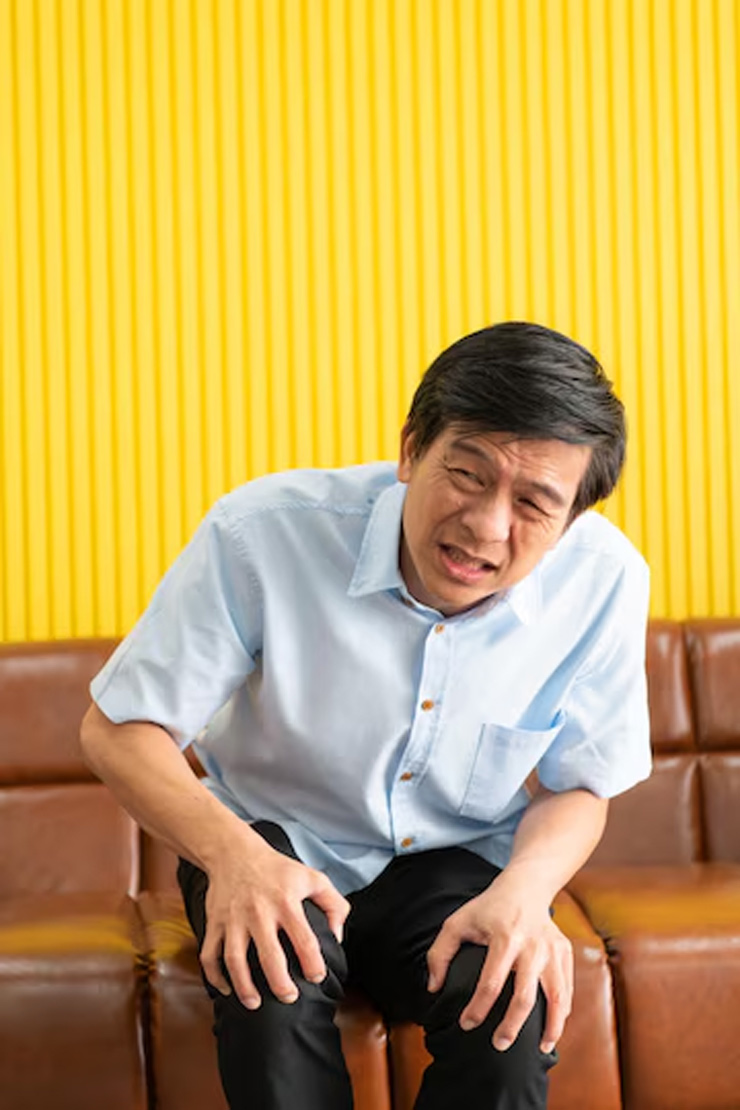
Have you ever felt a sudden pinch or pop in your knee while lifting something heavy, twisting to reach for an item, or even playing with the kids? “The meniscus, a cushion between the knee bones, can tear from a simple twist, causing pain and swelling that makes the knee feel stiff or 'locked.' When this happens, simple movements like squatting or getting up from a chair can become quite painful,” added Dr Movva.
4. Chondromalacia Patella—The 'Runner’s Knee' Ache

'Runner’s knee,' or chondromalacia patella, is common among runners and those who repeatedly bend their knees. But it’s not limited to athletes; activities like wearing high heels, frequently taking the stairs, or sitting for long periods can also irritate the cartilage behind the kneecap. The result is often a dull ache that appears when you move, climb stairs, or even after sitting for a while.
Spotting Early Signs Of Knee Conditions
Knee pain doesn’t always hit out of the blue. Here are some signs listed by Dr Movva that you should watch out for:
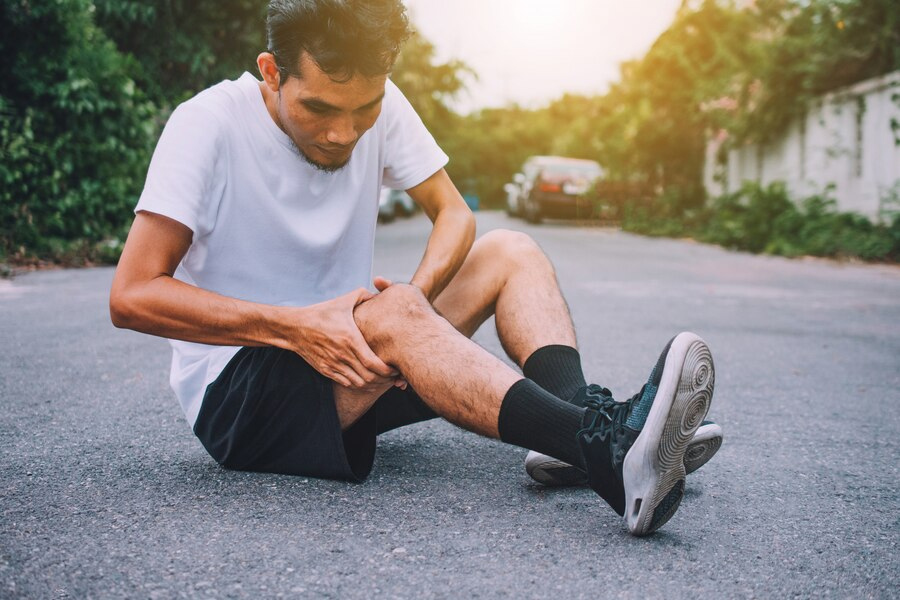
- Persistent Stiffness: If you feel stiff after sitting at your desk or standing for a while, it could be a sign of cartilage wear, like osteoarthritis.
- Sharp Pain on Movement: A sudden sharp pain, especially after a twist or quick movement, might point toward an ACL or meniscus issue.
- Swelling or Redness: If your knee gets swollen after a long day or physical activity, it’s usually a sign of inflammation, meaning something has been overworked or irritated.
- Popping or Clicking: Hearing a pop or clicking sound during movement, especially if there’s pain with it, could indicate a meniscus tear or a strained ligament.
- Trouble Straightening or Bending: Difficulty moving your knee freely, like when it feels 'stuck' or painful to bend, often hints at cartilage issues or inflammation.
Finding Relief: What You Can Do
Relieving knee pain often means choosing the right mix of treatments based on what’s causing the discomfort and what fits your lifestyle. Here are some expert-recommended steps you should take:
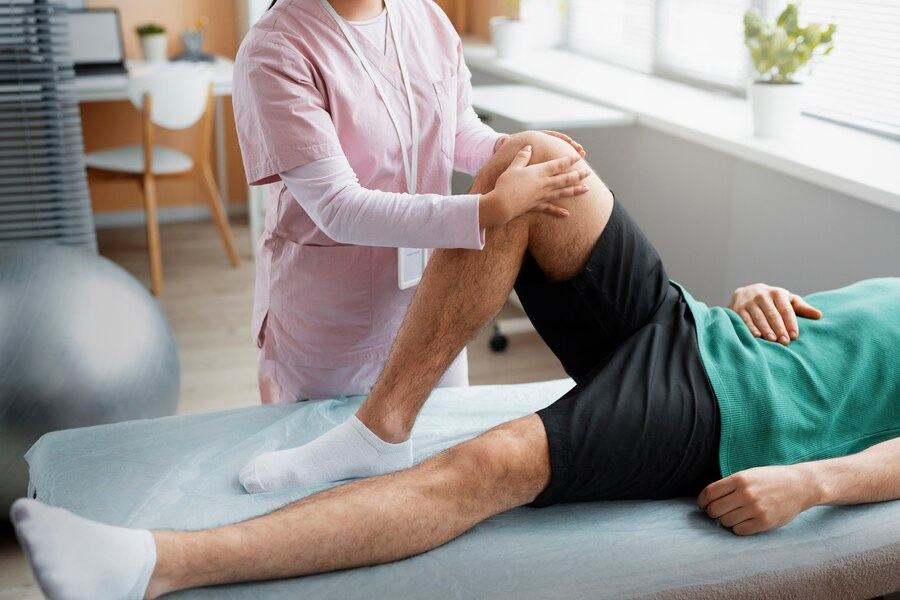
- Take a Rest and Try Physical Therapy: Rest is underrated but necessary. Physical therapy can teach you exercises to build strength around your knees, which can reduce strain. Activities like cycling or swimming that don’t put too much pressure on your knees are also great.
- Adjust Your Shoes: Wearing high heels or unsupportive flat shoes can put a strain on your knees. Hence, opt for shoes with proper cushioning and support to help reduce knee impact.
- Use Braces or Sleeves: If you feel knee pain with certain movements, braces or knee sleeves can offer some stability, especially during activities that might strain your knee.
- Consider Regenerative Treatments: Techniques like Platelet-Rich Plasma (PRP) therapy or bone marrow concentrate can be a game-changer. They tap into your body’s natural healing abilities to reduce inflammation and pain.
- Non-Surgical Procedures and, when needed, Surgery: In cases where pain is severe and persistent, minimally invasive procedures like arthroscopy or even a knee replacement may be recommended. It’s not the first step, but for some, it’s the best way to regain function.
Message From The Expert
Dr Movva concluded, “Knee pain can disrupt your daily life, but with early awareness and self-care, you can take charge of your knee health. Also, pay attention to small signs before they turn into big problems, and consult a healthcare professional to discuss the best approach for you. Whether changing your shoes, building strength or trying advanced treatments, taking steps to support your knees now can keep you moving comfortably, whatever your day demands.”
[Disclaimer: This article contains information provided by an expert and is for informational purposes only. Hence, we advise you to consult your own professional if you are dealing with any health issues to avoid complications.]
Also watch this video
How we keep this article up to date:
We work with experts and keep a close eye on the latest in health and wellness. Whenever there is a new research or helpful information, we update our articles with accurate and useful advice.
Current Version